Toyota GR Supra 2.0 Review: Lighter, Cheaper, Better?

Pros
Cons
The GR Supra hasn’t quite hit the spot. Not because of the whole BMW thing - quite the contrary. Yes, the Austrian-built sports car is built almost entirely of BMW bits, but if you think of it as a modern Z4 coupe that’s unsullied by the German firm’s current inability to style a car properly, it becomes much more appealing. Just not quite appealing enough.
The GR Supra doesn’t shine like we hoped it might against competitors like the Alpine A110, and after living with an ‘A90‘ for a few months, it didn’t get under our skin. However, there is now a better version of the Supra. One with less power.
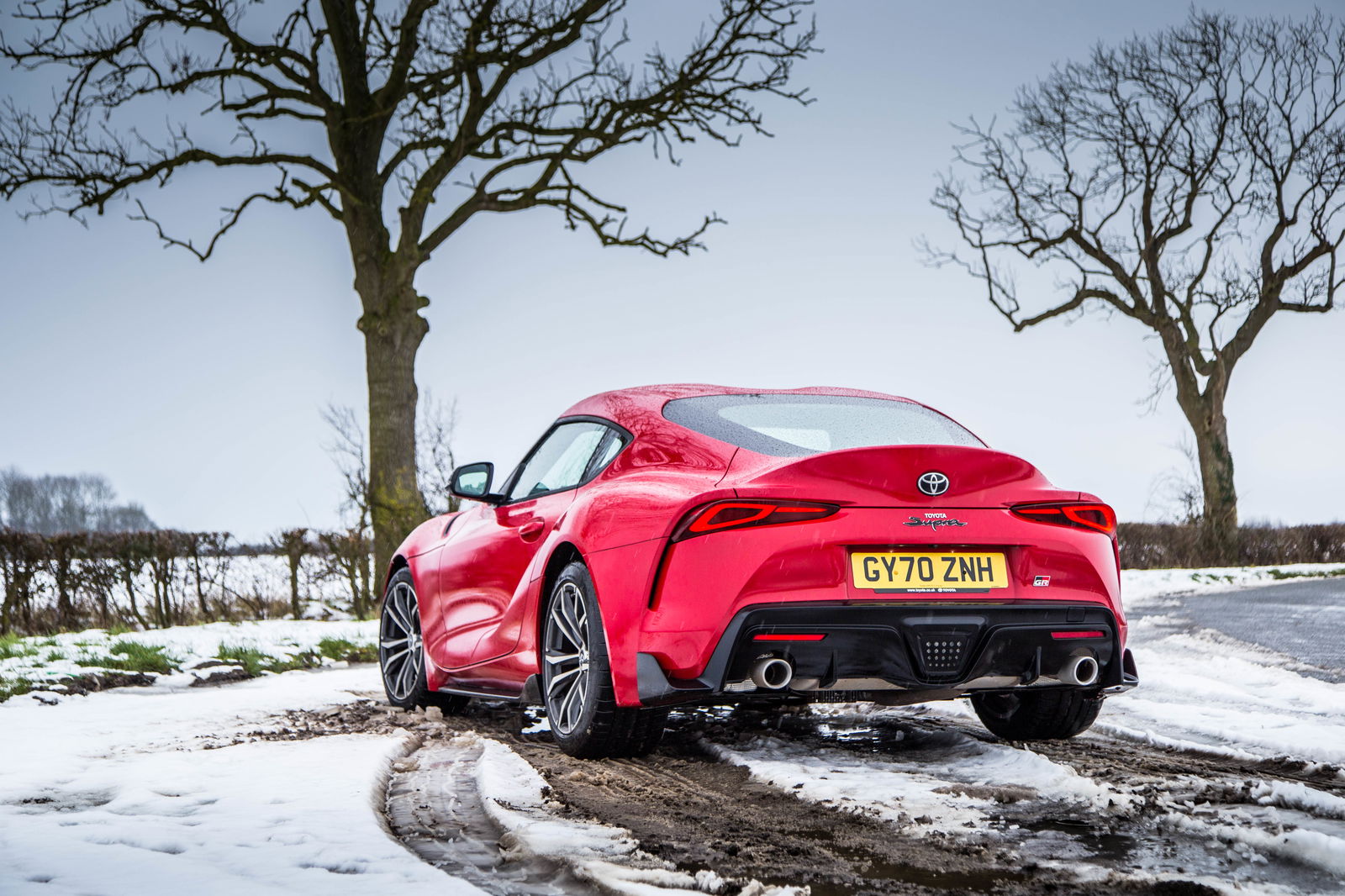
We’re behind the curve here in the UK, but at last, the entry-level 2.0-litre GR Supra is on sale here. Granted, dropping a litre of displacement and a fair chunk of power doesn’t sound like a path to improvement, but the lesser A90 has an ace up its sleeve - less weight.
Switching from the B58 turbocharged straight-six to B48 turbo four (yes, it’s another engine from you know who) drops the weight figure by about 100kg. And almost all of that, as you’d expect, goes from the front end.
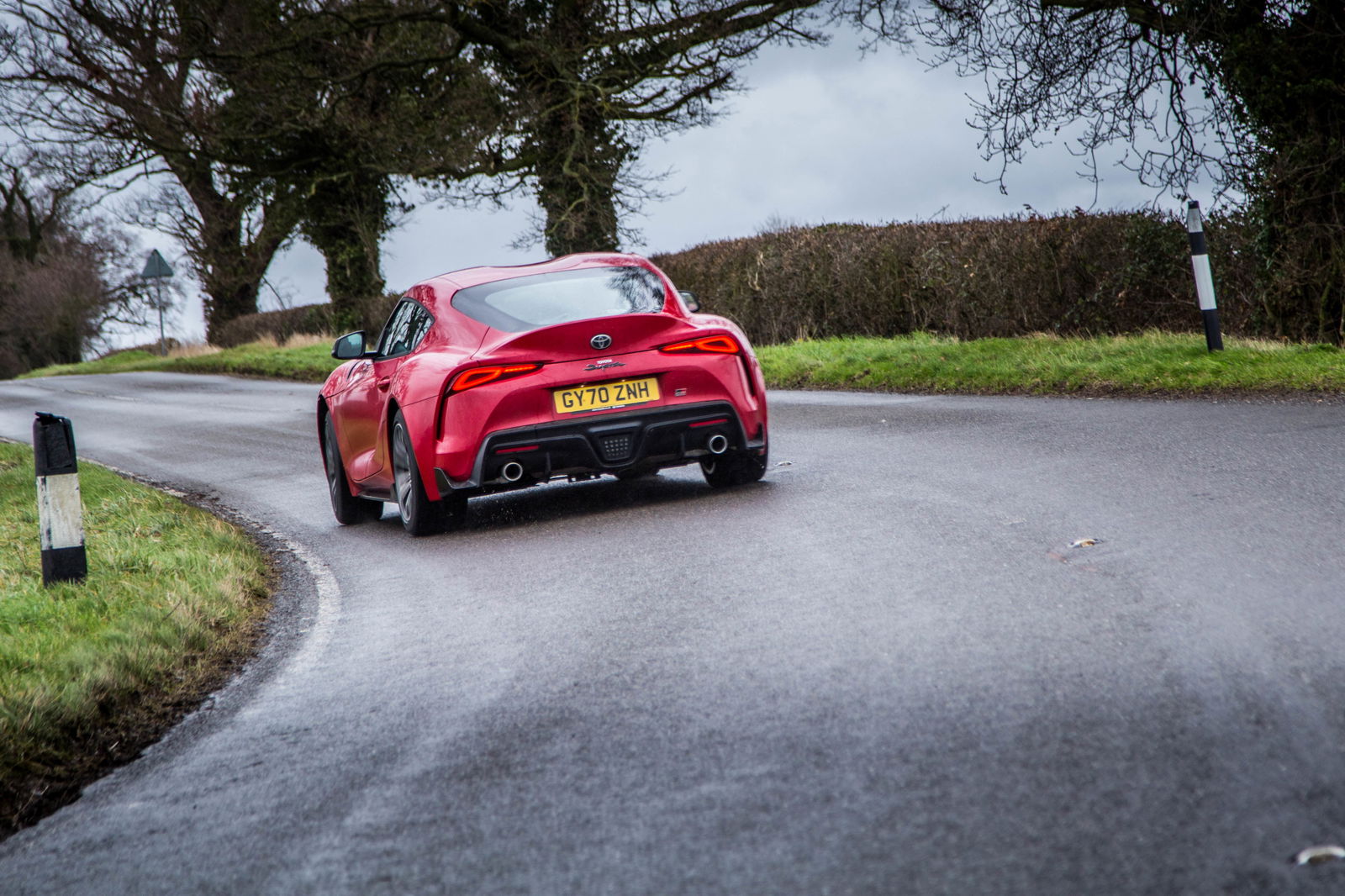
As a result, the Supra in this guise feels less like an athletic GT and more like a proper sports car. It’s more reactive to steering inputs and more willing to change direction, all while feeling scarcely slower.
With 255bhp and 295lb ft of torque developed from the 2.0-litre, you’re missing 80bhp and 70lb ft, but thanks to the weight advantage, it’s not as far away as you’d imagine in terms of straight-line performance. Hitting 0-62mph in 5.2 seconds, it’s less than a second off from the inline-six, and more importantly, it still feels plenty fast on the road.
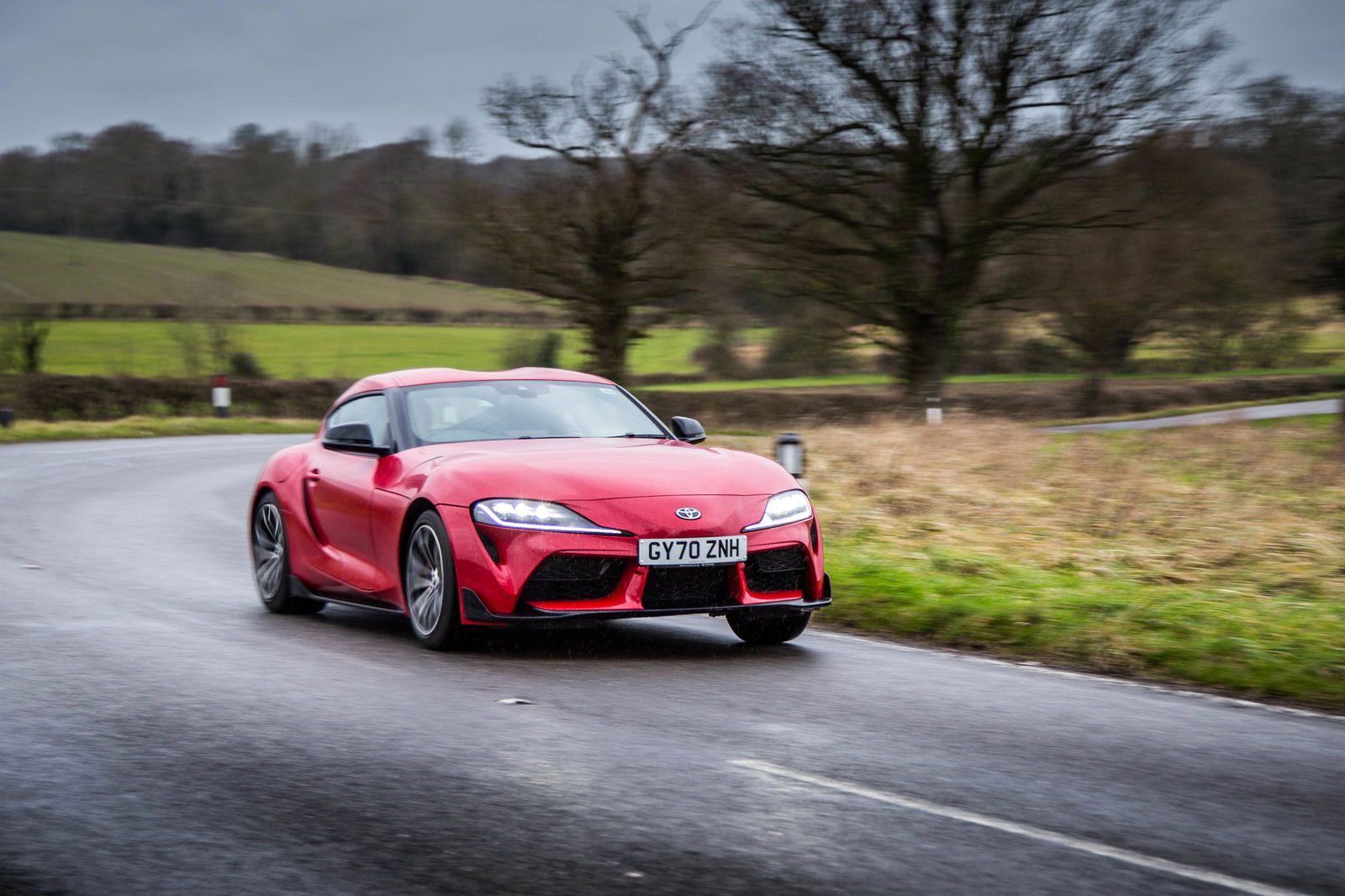
Plus, the power and torque levels have dropped just enough to make it more useable in the typical perma-grease conditions we get here in the UK for the first couple of months of the year. Despite a generous serving of mid-range torque, traction is impressive in the wet, with the rear only breaking away under provocation. When it does, the way the Supra rotates is predictable and easy-peasy to manage.
Much like the six, the four-pot is unremarkable at the top end, however. It sounds and feels strained, especially if you hit the soft rev limiter, which means you’re better off short-shifting the eight-speed automatic gearbox; this ‘box does a reasonable job of the task in hand, even if it lacks the outright snappiness of a dual-clutch.
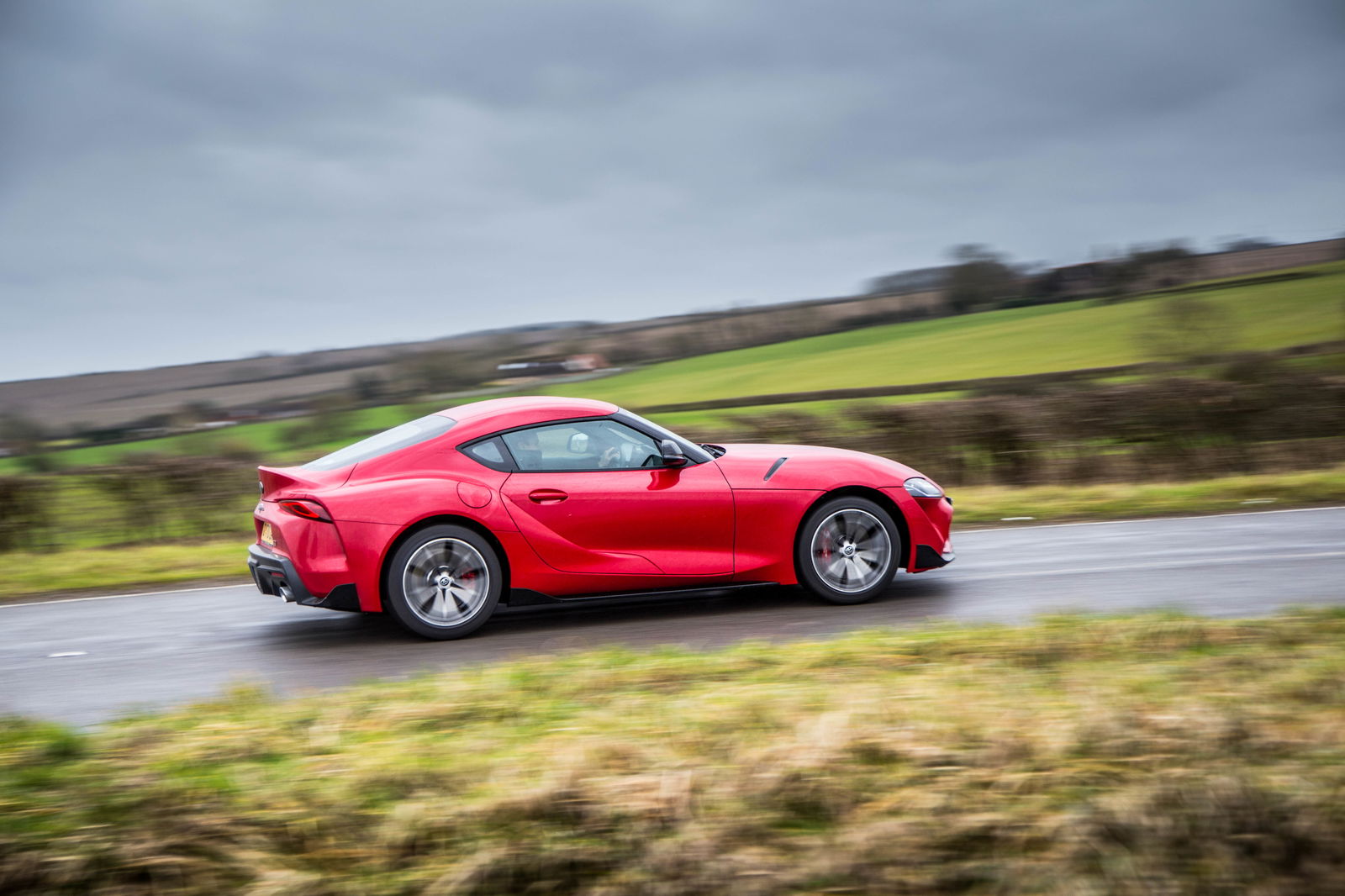
The way the Supra approaches drive modes seems disarmingly simple at first, with a single ‘Sport’ button to cycle between two main settings and an ESP button you can press once to partially disengage or hold to bin entirely. You can set up an individual profile, though, which is worth doing to ditch the weirdly heavy ‘Sport’ Steering.
We weren’t ever tempted to fiddle with the adaptive dampers when away from urban environments - unless you’re about to go over some speed bumps or crash over monster potholes, it’s hard to tell any significant differences between modes. Whichever it’s set to, the 2.0-litre Supra has a fidgety ride, although nothing too offensive.
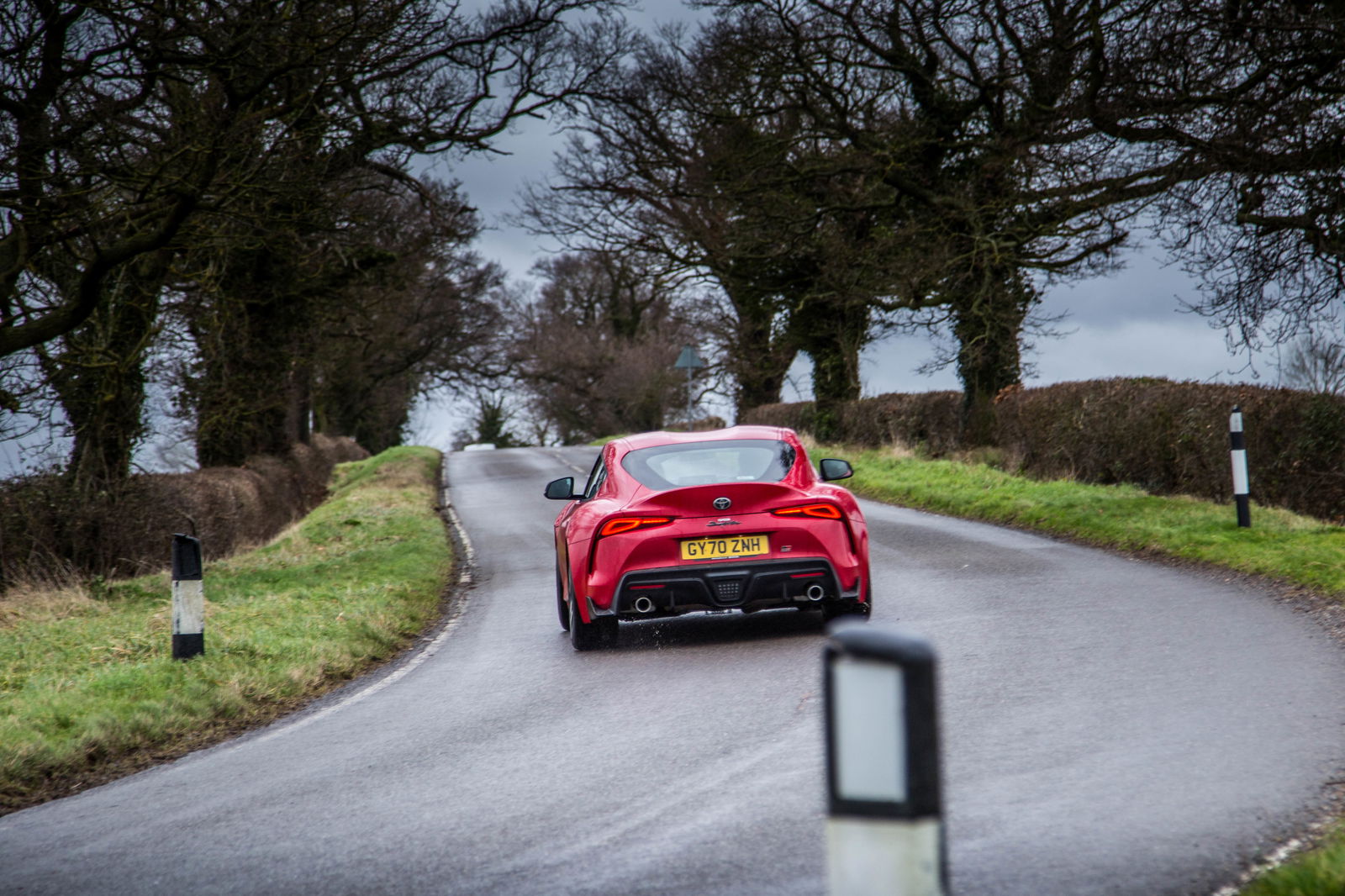
As our week with the car drew to a close, I was left with a clear conclusion: I prefer this to the 3.0-litre GR Supra. The B58 doesn’t sound all that great, so with the four, there’s no noise to be missed, but certainly a sweeter chassis to enjoy.
I suppose I shouldn’t be surprised. When we originally reviewed the Supra’s Z4 cousin, the inline-four version was the nicer one to drive, even in lowly ‘20i form. The Supra’s stiffer coupe body merely makes this all the more obvious.
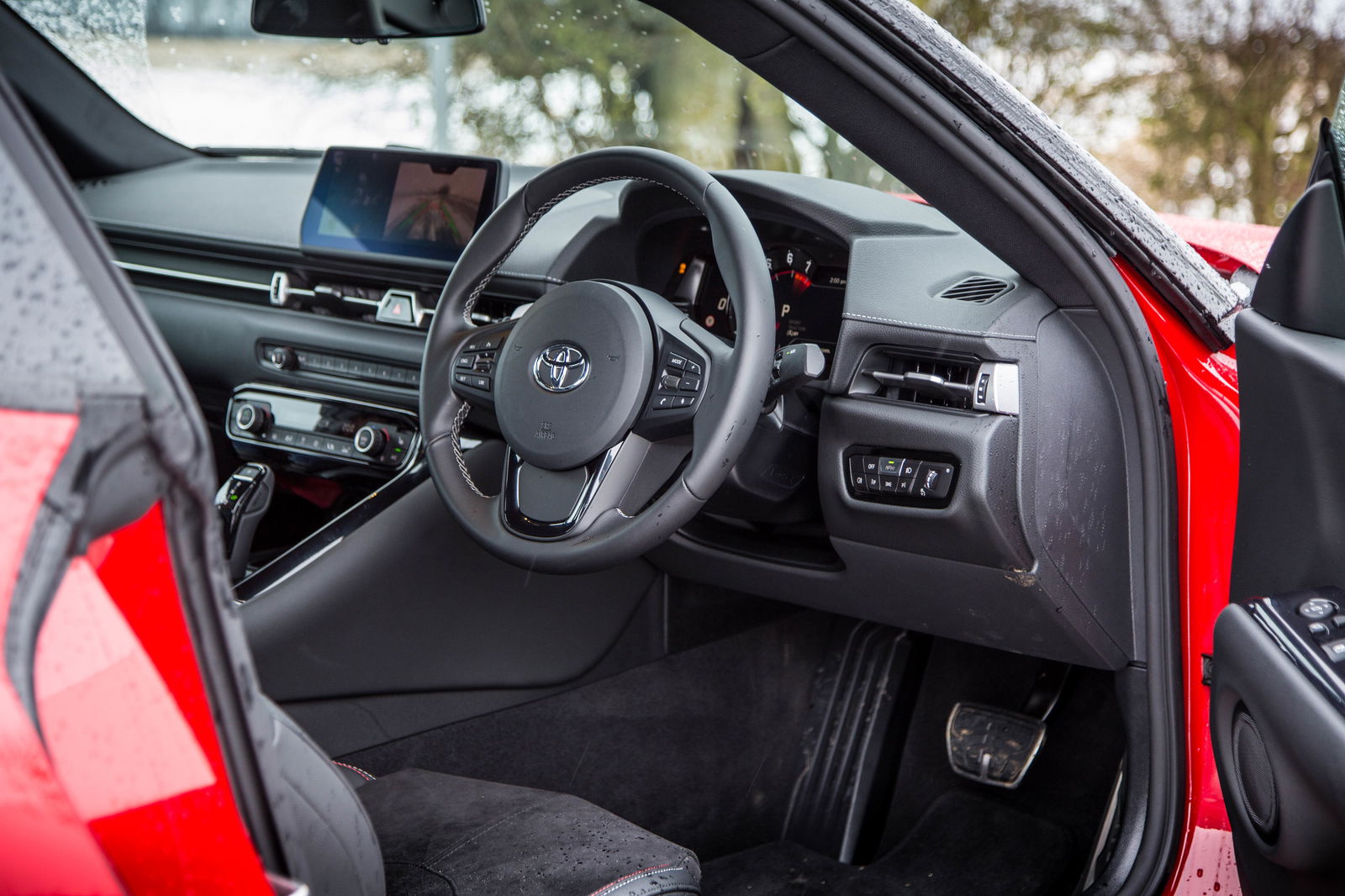
And yet, I can see the 2.0-litre A90 getting overlooked. A 2.0-litre ‘Pro’ is £7000 less expensive than the cheapest 3.0, rising to £8300 if comparing spec-for-spec to a 3.0-litre ‘Pro’. Sounds a decent enough saving, but at the time of writing, the monthly PCP payments are - weirdly - a little less on the one with the bigger engine.
That may change in time if Toyota decides to fiddle with the deals further down the line. What won’t change is the 2.0’s place as the best standard GR Supra.
Toyota GR Supra 2.0 Pro Specs
Engine: B48 2.0-litre inline-four turbo
Power: 255bhp
Torque: 295lb ft
0-62mph: 5.2
Top speed: 155mph (limited)
Price: £45,995
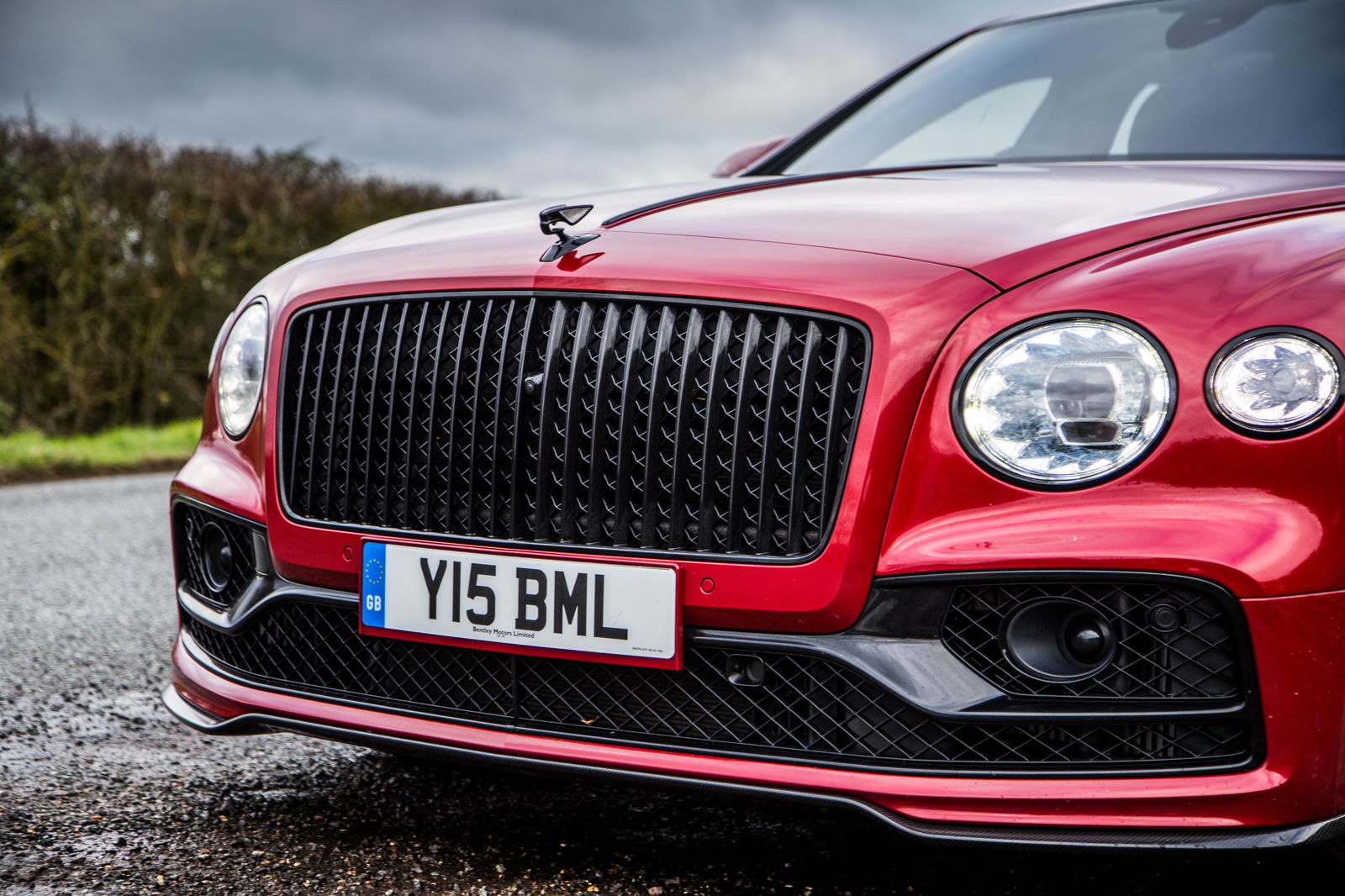
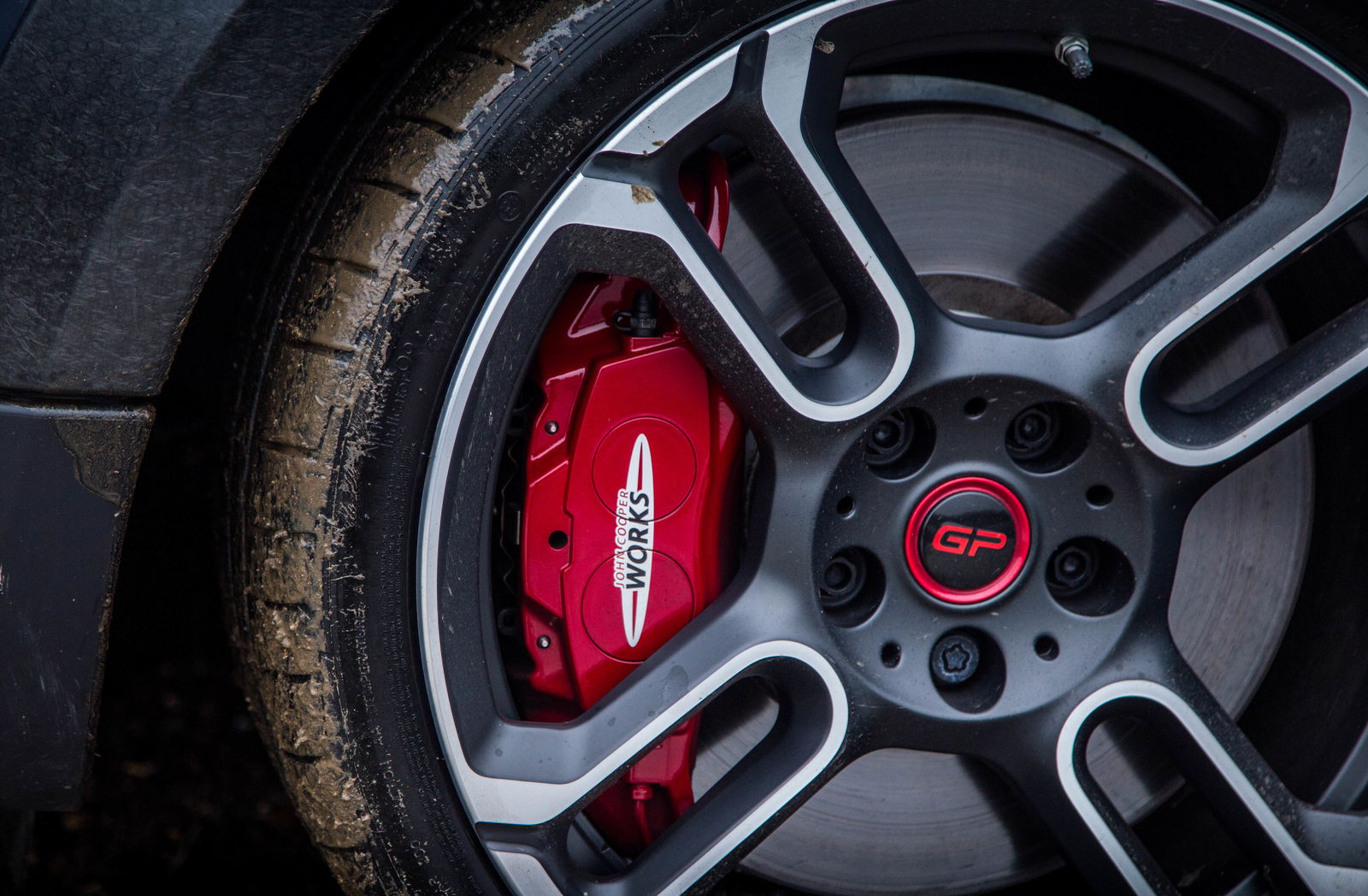

Comments